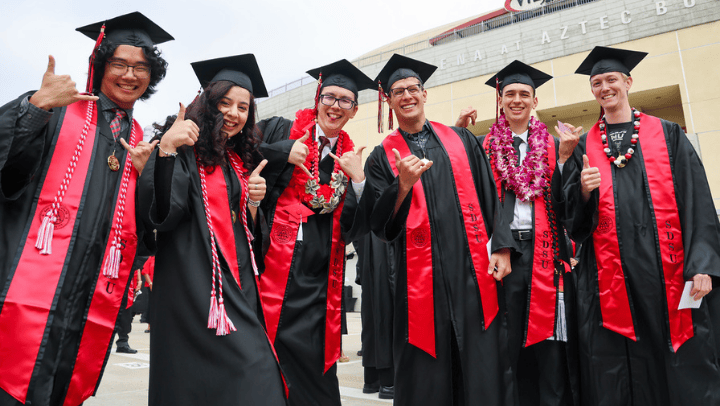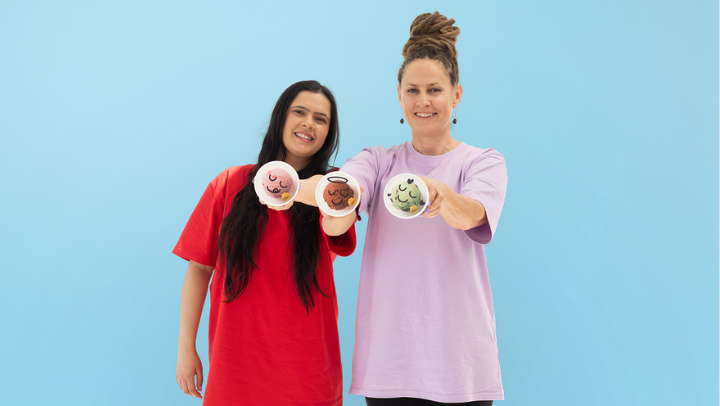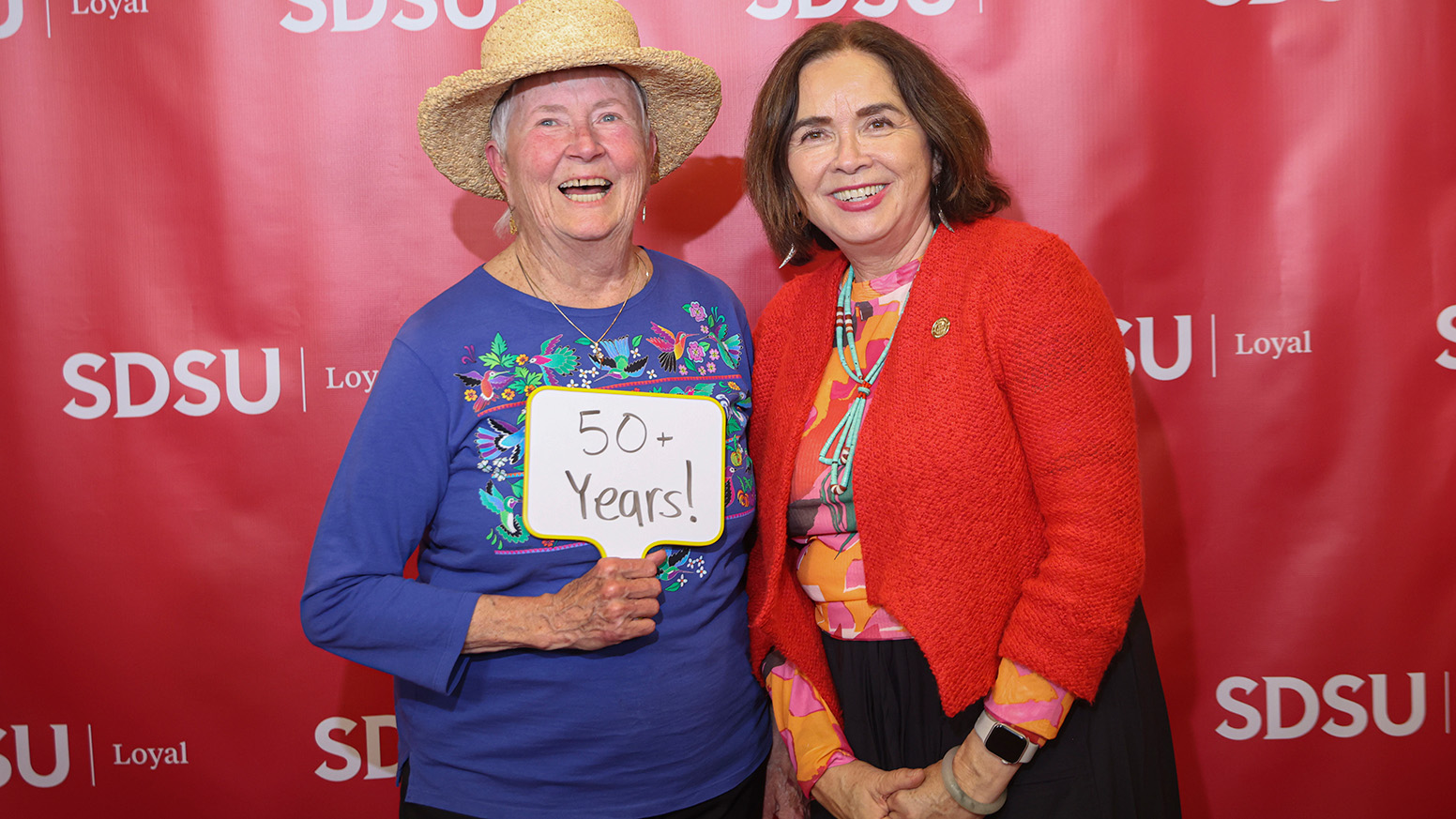From Classroom to Virtual: How It Was Done
The university has rallied together to shift classroom learning to virtual instruction during the COVID-19 pandemic.

In early March when James Frazee (’97, ’04) was tasked with leading San Diego State University's shift from classroom learning to virtual instruction in response to COVID-19, he knew what needed to be done. SDSU’s Chief Academic Technology Officer and Associate Vice President of Instructional Technology Services drew upon his first-responder training as a former professional lifeguard and dove straight into the challenge.
“It was just full battle stations,” said Frazee, who is also associate vice president of Instructional Technology Services (ITS). “I was in back-to-back Zoom meetings with President de la Torre, Provost Ochoa, the deans and my ITS colleagues.”
The university has a lot of moving parts, he said, and everybody was pulling their weight, communicating with the University Senate and colleagues in the Imperial Valley and tracking developments—pretty much nonstop.
Building the plane while flying it
ITS consists of 22 staff members and three administrators. The team was given a mission to enable thousands of faculty members—the majority of whom had no previous online teaching experience—to deliver virtual instruction to students as quickly as possible to complete the semester.
The first thing they did was launch a virtual instruction website for faculty complete with a “Virtual Instruction Primer” (VIP) video and a VIP workshops page. “It’s all brand new,” Frazee said. “We created it from scratch and it is all constantly evolving.”
ITS hours were extended and faculty from each college who are online instruction veterans were enlisted to assist any colleagues who were learning. Graduate assistants were recruited and individual college virtual support teams collaborated with ITS to help smooth the transition.
“Honestly, I’m building the plane while I’m flying it,” Frazee said. “The current situation is unlike anything we have ever dealt with in our lifetime, so we are all working hard to adapt to serve the educational needs of our faculty and students.”
Pulling together and doing their best
SDSU Anthropology Department Chair Elisa Sobo wasn’t scheduled to teach during the spring semester, but with study abroad students returning home, she was asked to put together an eight-week online course that would help them satisfy a variety of obligations.
“I said of course because I’ve done it before and it needed to be done,” Sobo said.
“As chair what I’m more concerned about is all of the instructors who have never taught online before and just are scrambling,” she said. “But they are such troupers. Everybody is pulling together and doing their best.”
Sobo said she is inspired both by colleagues going to great lengths to support one another and by the resolve of her students, who are overcoming adversity to complete their coursework.
“People are just getting it done and making it work,” she said. “The leadership at the university is working around the clock and the IT people and the support they are giving is amazing—they are the unsung heroes.”
Student response
For students, the transition to virtual learning is also requiring some adjustment.
Bryson Gomez is a fourth-year biology major who hopes to attend medical school after he graduates in May. He remained in San Diego to complete an internship at a local hospital.
Gomez understands the need for virtual learning during a pandemic, but he prefers the more traditional setting of classroom instruction.
“I’m in upper-level biology classes that aren’t easy so I’m a little scared to see how this will go,” he said. “Hopefully, I can do my best to absorb this information on my own.”
Like Gomez, Parnaz Boroon is a fourth-year biology major who plans to graduate in May with a goal of earning a graduate degree and becoming a child life specialist for a children’s hospital. She is wrapping up her studies online at her parents’ home in the Los Angeles area.
While Boroon previously relied on attending classes to provide daily structure in her life, she has quickly adjusted to studying online at her own pace. “My schedule is up to me now, which is kind of hard and not hard at the same time because now I really have to keep myself accountable,” she said.
Boroon said she enjoys watching lectures online.
“In the past, even when I had gone in person to a lecture I would watch it again online when it was posted,” Boroon said. “It would refresh my memory.”
Boroon said she understands the difficulty of the situation.
She said, “The campus is working very hard to make the transition smooth and I think it’s working very well.“



